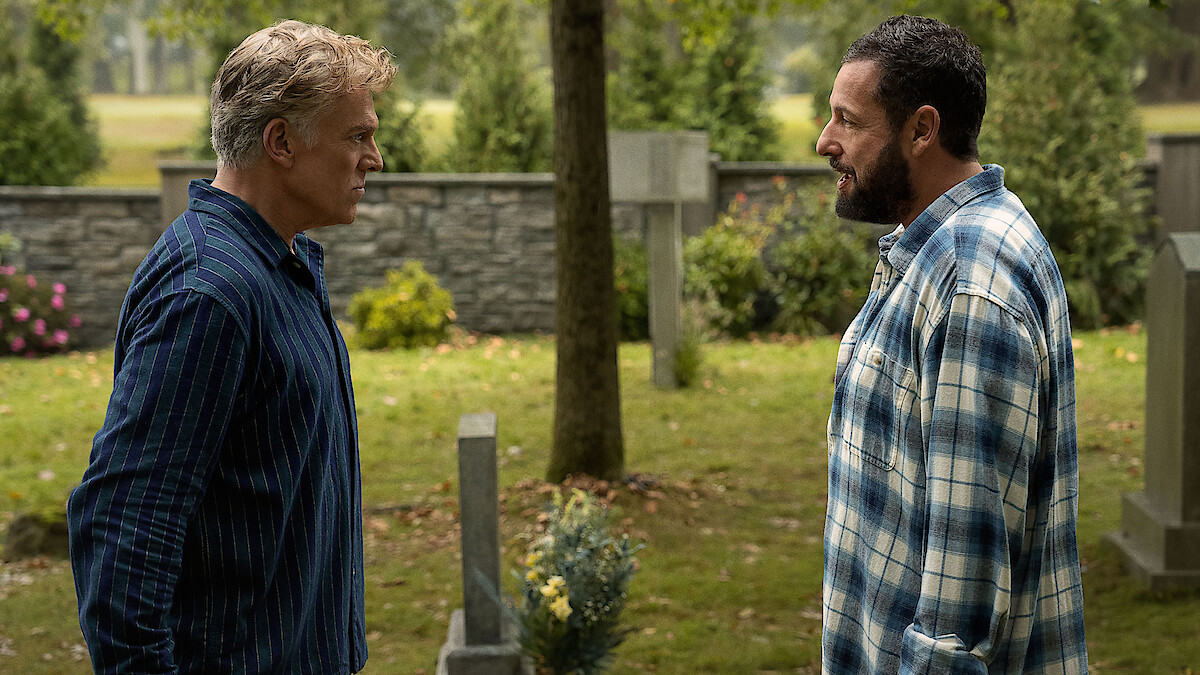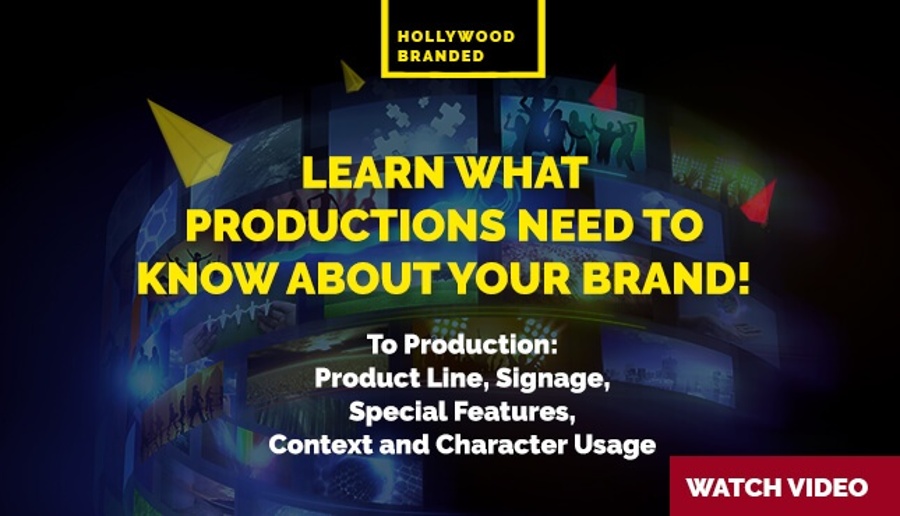Cross-Industry Partnerships: Lessons from Happy Gilmore 2
Table Of Contents
The Underdog Champion of Pop Culture
The buzz surrounding Happy Gilmore 2 is undeniable. With Adam Sandler reprising his role as the eccentric golfer and a cast featuring Travis Kelce, Bad Bunny, and Maxwell Jacob Friedman, the film is set to become a cultural phenomenon. Beyond its entertainment value, this star-studded sequel offers a masterclass in cross-industry collaborations.
By combining talent from comedy, sports, music, and wrestling, Happy Gilmore 2 appeals to a wide range of audiences, creating a recipe for success that brands can learn from. In this article, Hollywood Branded examines how Happy Gilmore 2 uses cross-industry collaborations and nostalgia marketing to engage diverse audiences, create cultural relevance, and provides key insights for brands looking to leverage similar strategies.

REVISITING THE HAPPY GILMORE LEGACY
The original Happy Gilmore wasn’t just a comedy, it was a cultural moment. It introduced audiences to an underdog story that seamlessly combined humor with the world of golf, a sport often associated with tradition and seriousness. Adam Sandler’s portrayal of Happy Gilmore as an irreverent, hockey-loving golfer was groundbreaking, offering relatable laughs for both sports enthusiasts and casual viewers.
From Happy’s iconic swing to his infamous fights with Shooter McGavin, the film created memorable moments that have lived on in pop culture. Brands looking to tap into this legacy can draw inspiration from its ability to break stereotypes and connect with diverse audiences. The original Happy Gilmore was, at its core, a masterclass in blending humor and heart, a formula that resonates across generations.
Photo Credit: Netflix
Why Cross-Industry Collaborations Work
Collaborations that bridge multiple industries aren’t just innovative, they’re strategic. By bringing together talent from diverse fields, brands (and films like Happy Gilmore 2) can tap into larger, more varied audiences while sparking curiosity and conversation.
Take the Happy Gilmore 2 cast, for example:
- Travis Kelce: As an NFL superstar, he’s a natural draw for sports fans.
- Bad Bunny: With global influence in music, fashion, and pop culture, he extends the film’s reach to international and multicultural audiences.
- Maxwell Jacob Friedman: His role in professional wrestling adds a unique layer of excitement, appealing to die-hard sports entertainment fans.
This fusion of worlds ensures the sequel will resonate with multiple demographics. For brands, this strategy offers a playbook for creating partnerships that transcend traditional categories.
Nostalgia Meets Modern Marketing
The humor and charm of the original Happy Gilmore provided a nostalgic foundation upon which Happy Gilmore 2 is building. Nostalgia marketing is a powerful tool, and brands can learn from how the sequel combines familiar elements with fresh, modern twists to appeal to both long-time fans and new audiences.
Key Takeaways for Brands:
- Leverage Iconic Moments: The original film’s golf antics, quirky characters, and underdog themes are still relatable today. Brands can revisit their own history and highlight classic campaigns or products with modern updates.
- Bridge Generations: Like Happy Gilmore 2, successful campaigns can appeal to multiple demographics by combining nostalgia with contemporary relevance.
- Revive Storytelling: Whether it’s a sequel or a reimagined product line, creating a compelling narrative rooted in nostalgia can deepen emotional connections with audiences.
Photo Credit: Adam Sandler
THE POWER OF CASTING ACROSS INDUSTRIES
Cultural relevance drives engagement, and cross-industry collaborations are a powerful way to achieve it. Celebrities like Bad Bunny are not just artists; they’re multi-dimensional icons whose influence extends into fashion, activism, and branding. Similarly, athletes like Travis Kelce bring credibility and relatability to any campaign they join.
Case Study: Serena Williams has successfully bridged sports and lifestyle branding, partnering with Nike for performance gear while endorsing Lincoln for luxury vehicles. These multi-industry collaborations allow brands to connect with diverse audiences in meaningful ways.
Reflecting on the original Happy Gilmore, the film’s success was due in part to its unique approach to blending comedy with sports. It paved the way for other films to experiment with similar concepts. Adam Sandler’s portrayal of Happy as an unlikely golf star captured the imaginations of sports and comedy fans alike, proving that unexpected combinations can lead to massive success.

Photo Credit: Scott Yamano (Netflix)
HAPPY GILMORE CONTINUES TO TEACH MARKETERS
The magic of Happy Gilmore 2 lies in its humor, nostalgia, and its ability to unite talent from diverse industries for a shared cultural experience. By bringing together an NFL superstar, a global music icon, and a professional wrestling sensation alongside comedy legends, the film demonstrates the power of cross-industry collaboration. This innovative approach doesn’t just entertain it engages multiple demographics by tapping into their unique passions, making it a perfect case study for marketers.
Eager To Learn More?
From nostalgic revivals to innovative collaborations, our content is designed to inspire and guide your next big move. Check out these related blogs for even more ways to swing big in your marketing efforts:
- Harnessing Nostalgia: A Golden Opportunity for Brand Partnerships
- Beyond the Spotlight: The New Dynamics of Celebrity Branding
- Behind the Scenes: How Hollywood Branded Makes Movie Magic
- Maximizing Consumer Engagement through Feature Film Partnerships
- Game On: How The NHL Is Winning Over New Fans and Brands
Want to stay in the know with all things pop culture? Look no further than our Hot in Hollywood newsletter! Each week, we compile a list of the most talked-about moments in the entertainment industry, all for you to enjoy!







